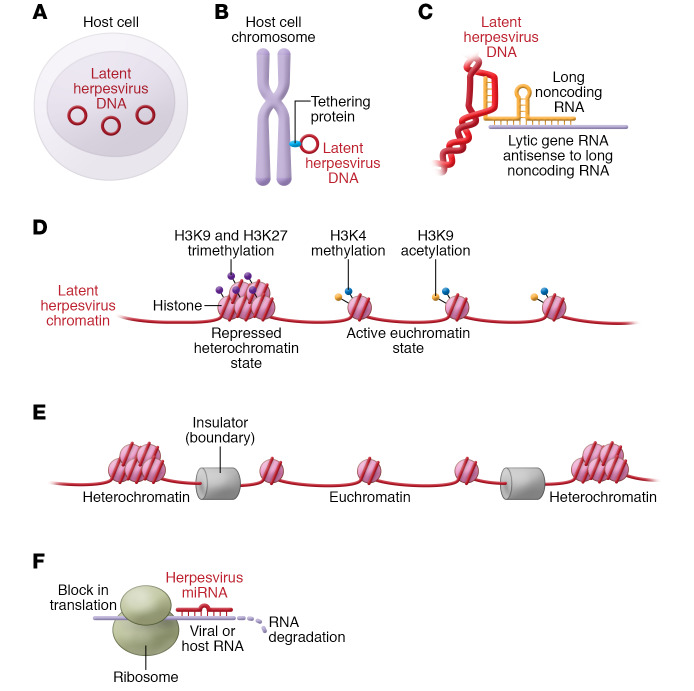Figure 1. Features of herpesvirus latency.
(A and B) Latent herpesvirus genomes are maintained in the nuclei of cells as circular episomes (A) and in dividing cells the viruses express proteins during cell division that partition the episomes to daughter cells (B). (C) Alphaherpesviruses encode long noncoding viral RNAs during latency that are transcribed antisense to viral genes expressed during lytic infection. (D) Latent herpesvirus DNA genomes are associated with histone proteins; genes normally expressed during virus lytic replication are silenced by methylation or other modifications of their histone tails during latency. (E) Chromatin insulators containing DNA sequences and the corresponding DNA-binding proteins and chromatin-modifying proteins act to separate regions of active euchromatin and repressed heterochromatin to regulate latency. (F) Herpesvirus microRNAs (miRNAs) produced during latency degrade or inhibit expression of virus lytic genes or host cell genes.

